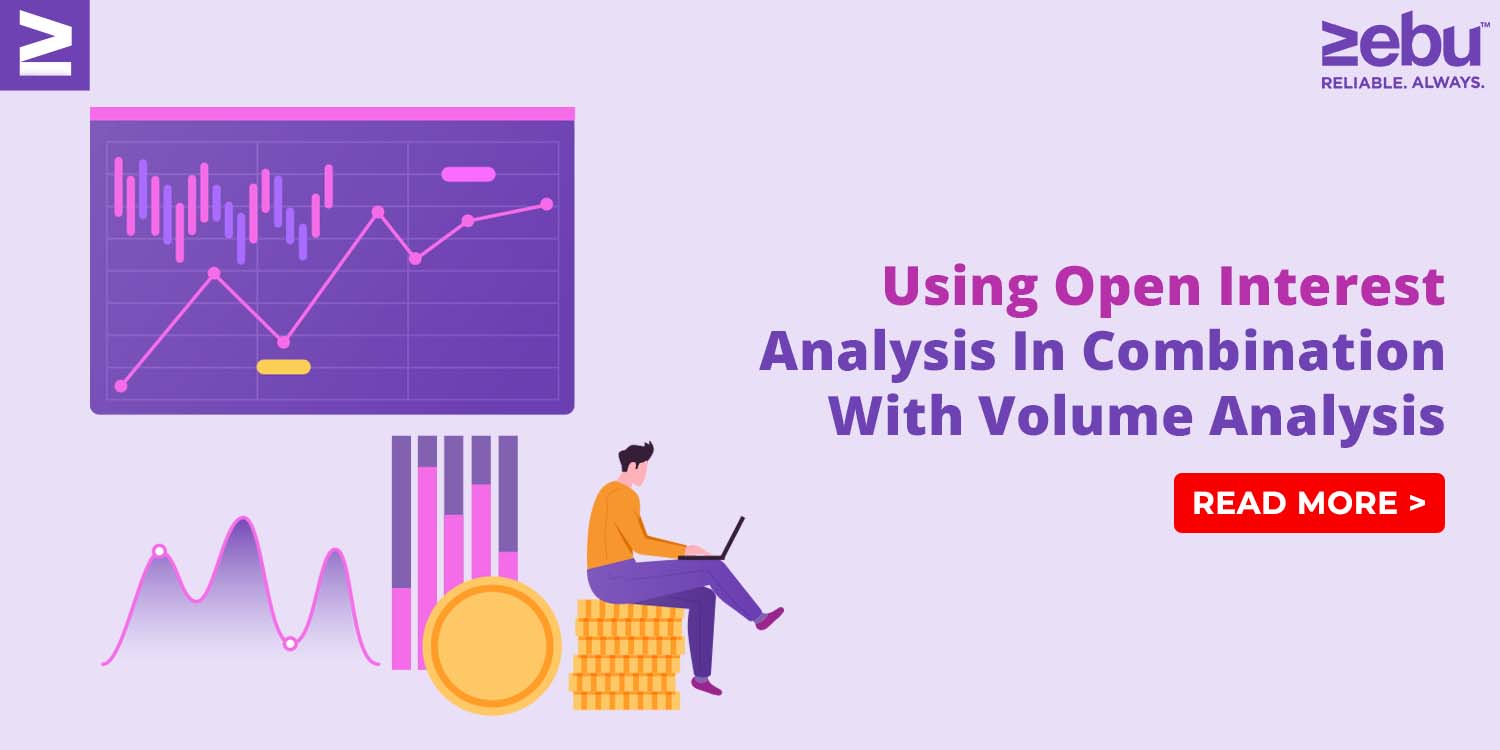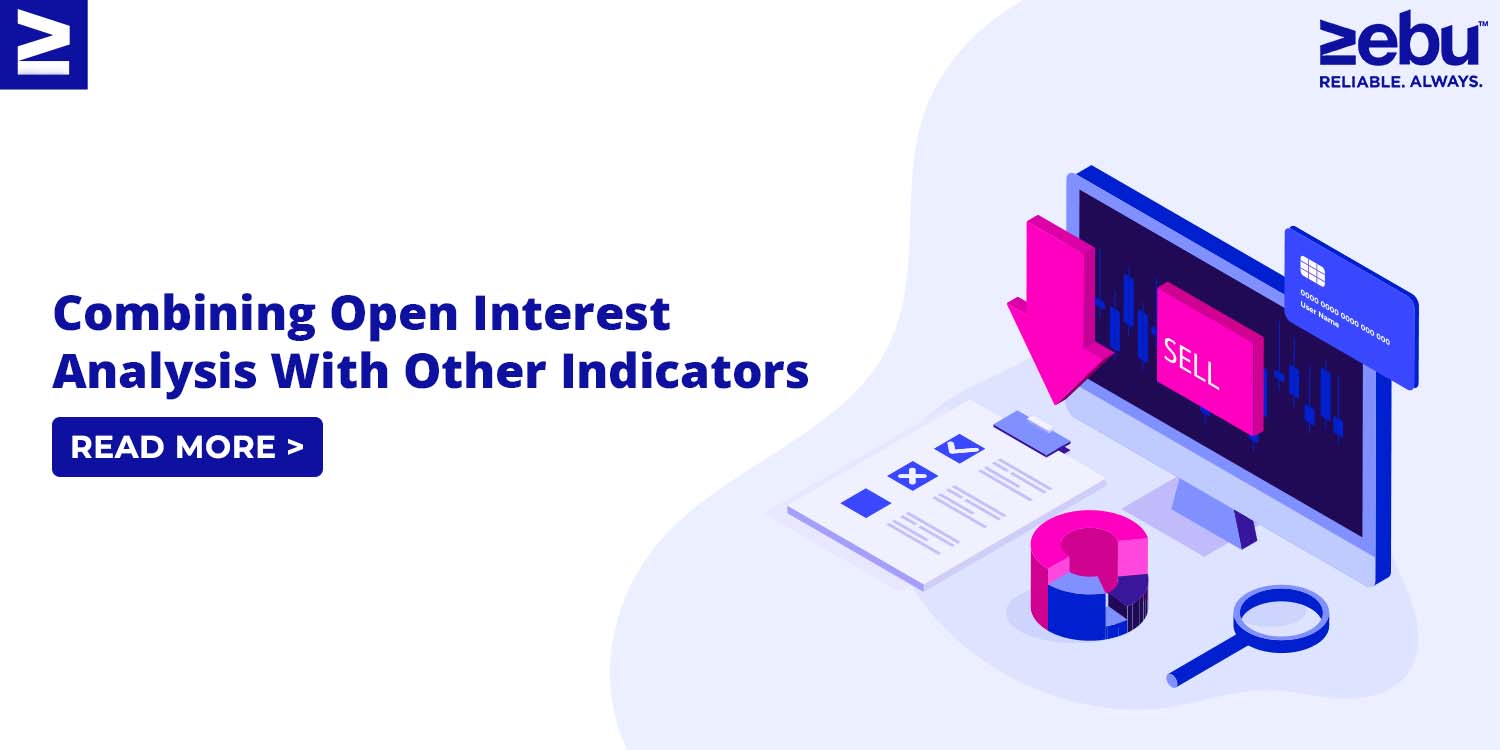
Open interest and volume are two key indicators that traders use to analyze the health and direction of a market. Open interest represents the total number of open contracts or positions that exist in a market, while volume represents the number of trades that have occurred in a given period of time. Together these two indicators can provide traders with valuable insight into how strong a trend is and determine future price movements.
Positional trading is a long-term trading strategy that involves holding positions for an extended period of time, typically several weeks or months. Most serious traders often use open interest and volume analysis to identify the markets with the greatest potential for profit.
Open interest analysis can help traders identify markets that are experiencing strong buying or selling pressure. For example, if the open interest in a market increases, this may indicate that new buyers are entering the market and pushing prices higher. Conversely, if open interest is falling, this may indicate that existing positions are being closed and prices are likely to decline. But you need to look at this in terms of the put or call option that you are about to trade.
Volume analysis, on the other hand, can help traders identify markets that are experiencing high levels of trading activity. This is important because markets with high volume are typically more liquid and less prone to sudden price movements. Additionally, high volume can indicate that a market is experiencing a strong trend, as more traders are participating in the market and driving prices in a particular direction.
When used together, open interest and volume analysis can provide traders with a more complete picture of market conditions. For example, if a market has high open interest and high volume, this may indicate that a strong trend is in place and that prices are likely to continue moving in the same direction. Conversely, if a market has low open interest and low volume, this may indicate that the market is range-bound and that prices are likely to remain stable.
Traders who employ positional trading strategies can use open interest and volume analysis to identify markets that are likely to experience strong trends and capitalize on these trends by holding positions for an extended period of time. Additionally, by using open interest and volume analysis in conjunction with other technical indicators and fundamental analysis, traders can gain a more comprehensive understanding of market conditions and make more informed trading decisions.
In summary, open interest and volume are two key indicators that traders can use to analyze the health and direction of a market. Combining these two indicators can provide traders with valuable insight into the strength of a trend and the likelihood of future price movements. Traders who employ positional trading strategies can use open interest and volume analysis to identify markets that are likely to experience strong trends and capitalize on these trends by holding positions for an extended period of time.
